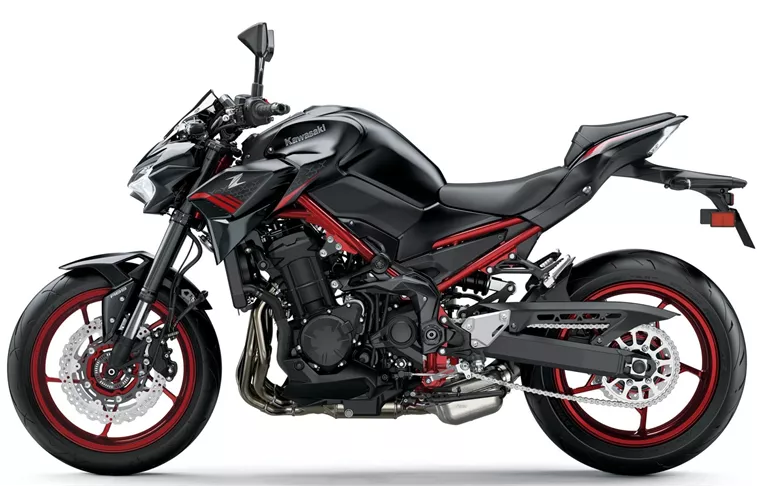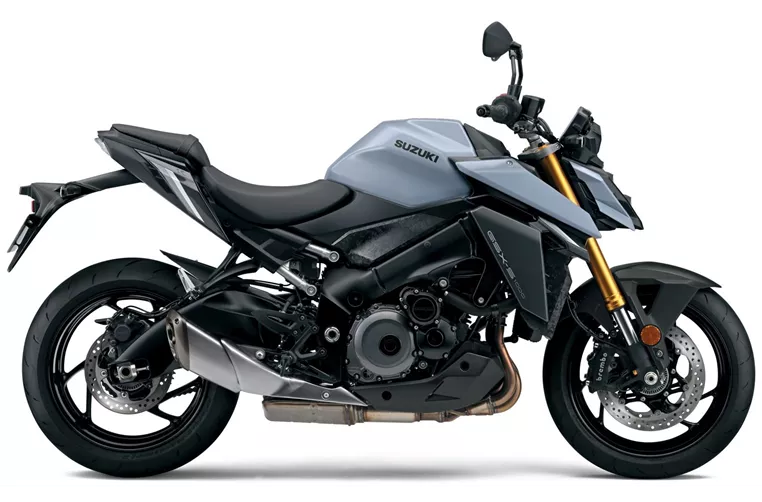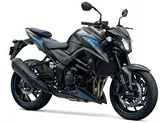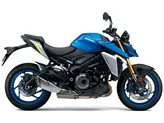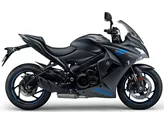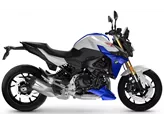Kawasaki Z900 2021 vs. Suzuki GSX-S1000 2022
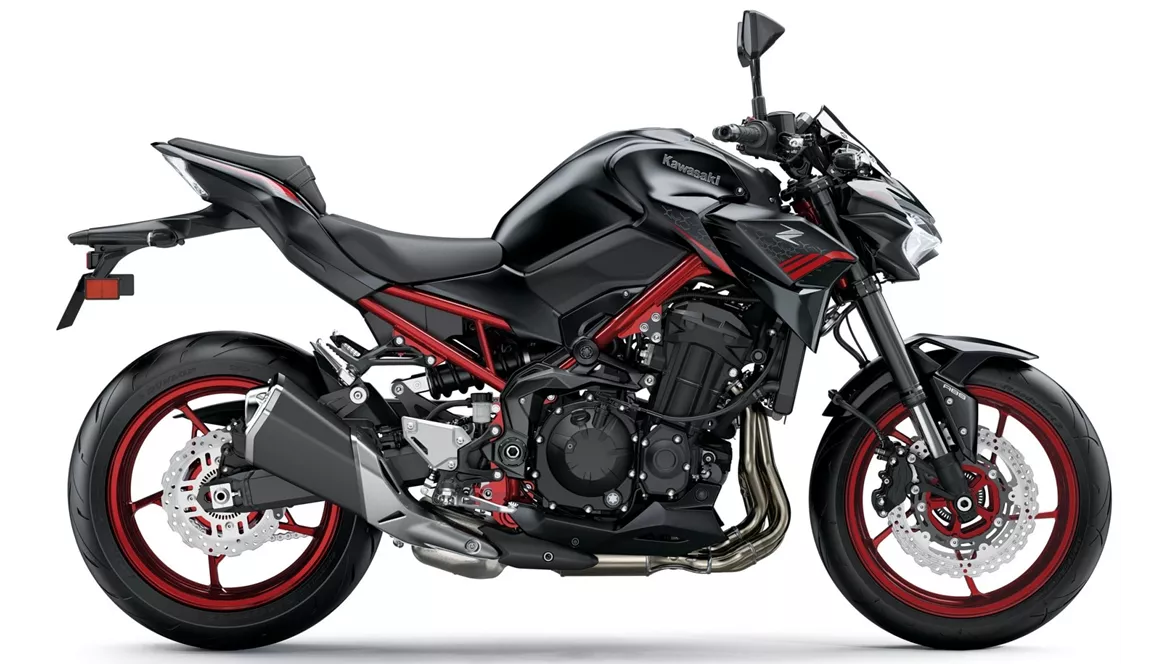
Kawasaki Z900 2021

Suzuki GSX-S1000 2022
Overview - Kawasaki Z900 2021 vs Suzuki GSX-S1000 2022
The Kawasaki Z900 2021 and the Suzuki GSX-S1000 2022 are both naked bikes with similar engine types, inline four-cylinder engines. However, the Suzuki GSX-S1000 has a more powerful engine with 152 horsepower compared to the Kawasaki Z900's 125.4 horsepower. The Suzuki also has a higher torque of 106 Nm compared to the Kawasaki's 98.6 Nm.
In terms of fuel system, both bikes have fuel injection systems. They also have liquid cooling systems to ensure optimal engine performance. The engine displacement of the Suzuki GSX-S1000 is slightly larger at 999cc compared to the Kawasaki Z900's 948cc.
Both bikes feature upside-down telescopic forks for the front suspension and swing arm suspension for the rear. The suspension on both bikes can be adjusted for preload and rebound. However, the Suzuki GSX-S1000 offers additional compression adjustment for the front suspension, giving riders more control over their riding experience.
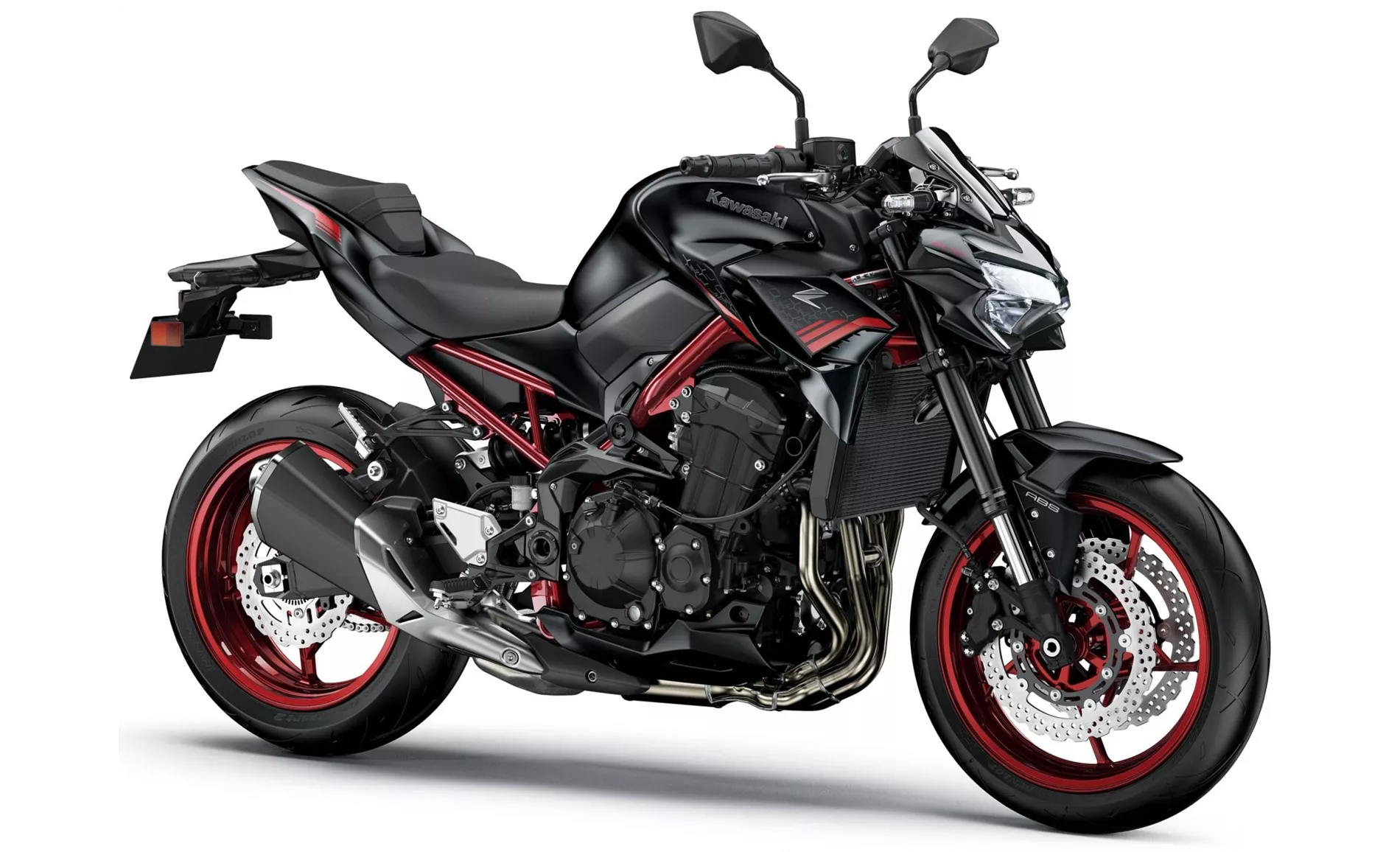
Kawasaki Z900 2021
In terms of the chassis, the Kawasaki Z900 has a steel frame while the Suzuki GSX-S1000 has an aluminum frame. The Suzuki's twin tube frame design may offer better rigidity and handling characteristics compared to the Kawasaki's double cradle frame.
Both bikes have double disc brakes on the front with four-piston calipers. The Suzuki GSX-S1000 has slightly larger front brake discs with a diameter of 310mm compared to the Kawasaki Z900's 300mm discs. The Suzuki also features radial, monoblock technology for its front brakes, which may provide better braking performance.
Both bikes come equipped with advanced rider assistance systems such as ABS, riding modes, and ride-by-wire technology. The Suzuki GSX-S1000 offers an additional shift assistant with a blipper, allowing for smoother and easier gear shifts. However, the Kawasaki Z900 does not have a quickshifter option, which may be a drawback for some riders. The Suzuki also lacks a 6-axis IMU and cornering ABS, which some competitors in its class offer.
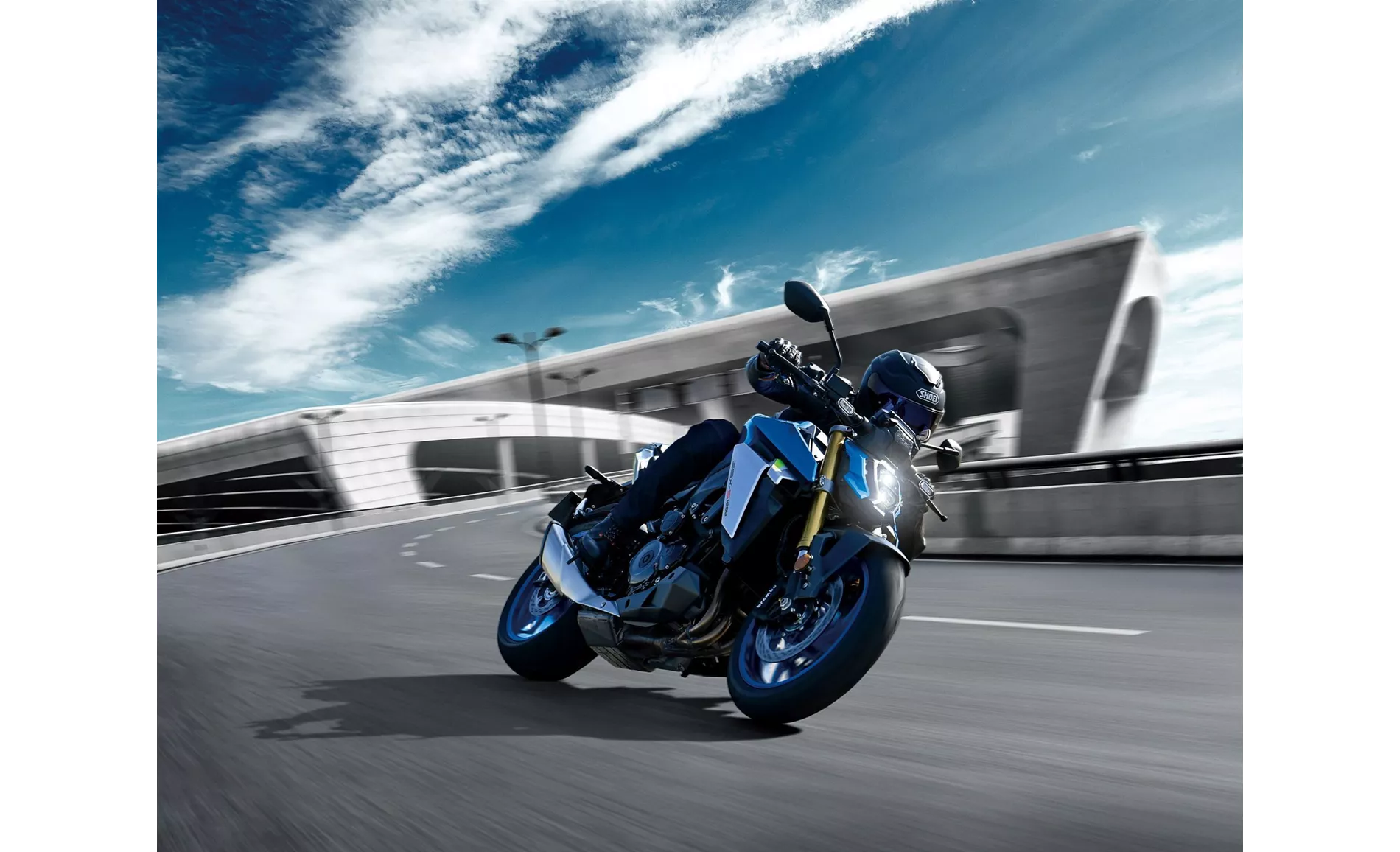
Suzuki GSX-S1000 2022
In terms of dimensions and weights, both bikes have a front tire width of 120mm and a front tire diameter of 17 inches. The Suzuki GSX-S1000 has a slightly wider rear tire at 190mm compared to the Kawasaki Z900's 180mm rear tire. Both bikes have a wheelbase of around 1450-1460mm. The Suzuki has a slightly higher seat height at 810mm compared to the Kawasaki's 795mm. The kerb weight of the Suzuki GSX-S1000 is slightly higher at 214kg compared to the Kawasaki Z900's 210kg.
Both bikes come equipped with LED daytime running lights and LED headlights, providing better visibility on the road. The Kawasaki Z900 also features a TFT display, which may offer more modern and customizable information compared to the Suzuki's handlebar-mounted instruments. However, the Suzuki GSX-S1000 does not have a TFT display, making the display somewhat antiquated and potentially less easy to read.
In summary, the Kawasaki Z900 2021 offers a powerful four-cylinder engine, intuitive handling, good equipment, and aggressive looks at a value-for-money price. However, it lacks a quickshifter option and some competitors offer more advanced electronics with a 6-axis IMU. On the other hand, the Suzuki GSX-S1000 2022 boasts a superior engine, excellent shift assistant with a blipper, balanced handling, bold design, comfortable seating position, and a very competitive price. However, its electronics package is not as comprehensive, lacking a 6-axis IMU and cornering ABS, and its instruments may be somewhat antiquated and not particularly easy to read.
Technical Specifications Kawasaki Z900 2021 compared to Suzuki GSX-S1000 2022
Pros and Cons in comparison
Pros and Cons in comparison
Kawasaki Z900 2021

In terms of price-performance, the Kawasaki Z900 is hard to beat at the moment. With the perfectly tuned engine, the high-quality chassis components and the electronics added for 2020, this naked bike offers everything that sporty riders will be looking for. There is really nothing to complain about, except for the lack of a quickshifter option.
Suzuki GSX-S1000 2022
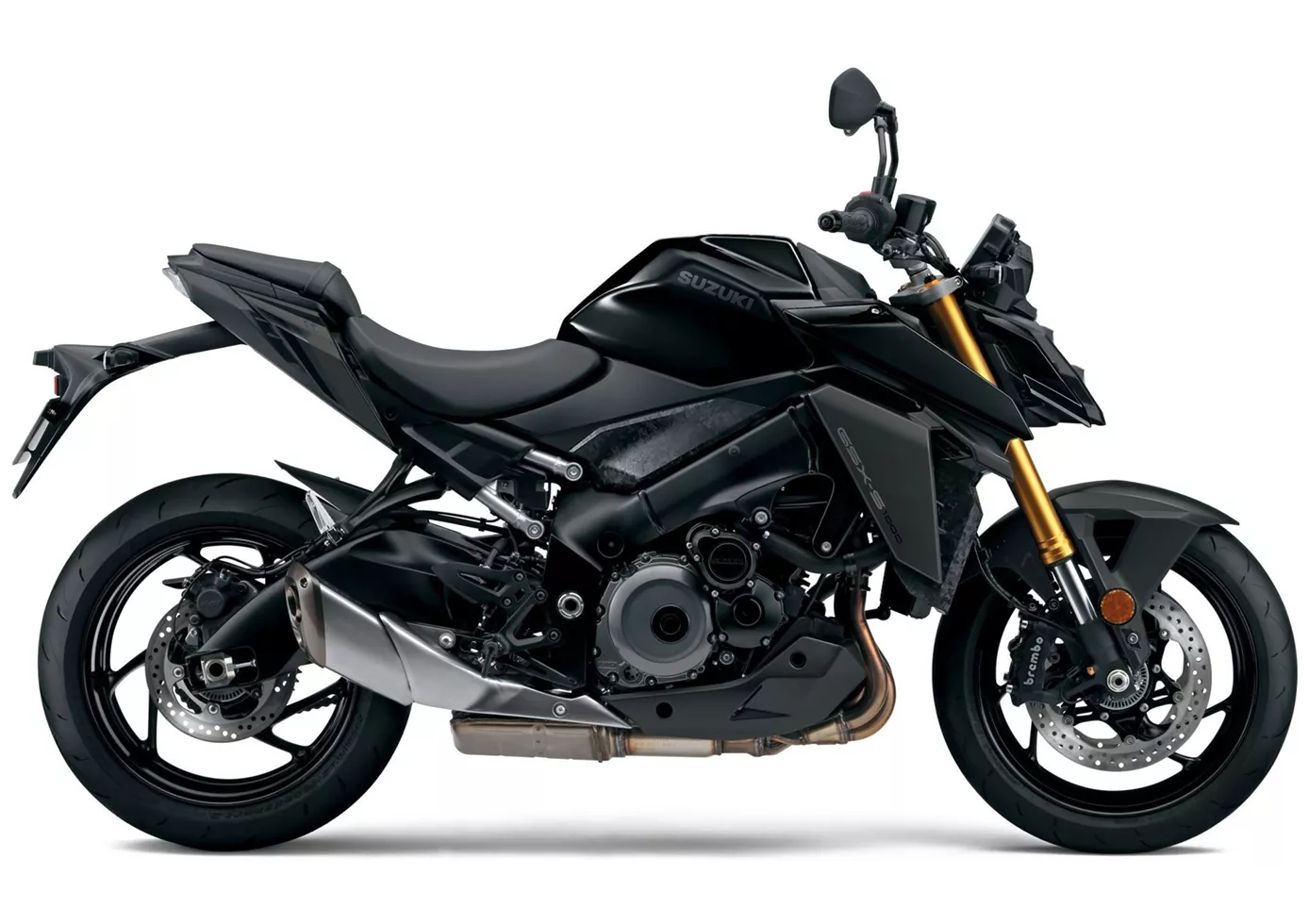
The new GSX-S1000 is an old acquaintance in terms of basic design - the engine and chassis are still from the predecessor. However, the machine has been modernised in many areas and presents itself at an extremely high level, especially visually. Although the engine cannot compete in the league of the super-potent Hyper Nakeds, it functions very harmoniously and powerfully enough. The conventional chassis also strikes a successful compromise between sportiness and comfort. The hammer arguments are definitely the successful design, the standard quickshifter with blipper and, last but not least, the comparatively low price.
Price Comparison Avarage Market Price Kawasaki Z900 vs Suzuki GSX-S1000
There are a few key differences between a Kawasaki Z900 2021 and a Suzuki GSX-S1000 2022. In terms of price, the actual average price of a Suzuki GSX-S1000 2022 is about 43% higher. Compared to Suzuki GSX-S1000 2022 there are more Kawasaki Z900 2021 bikes available on the 1000PS.de Marketplace, specifically 33 compared to 28. It takes less time to sell a Kawasaki Z900 with 107 days compared to 130 days for a Suzuki GSX-S1000. Since model year 2017 1000PS.de editors have written 46 reviews for the Kawasaki Z900 and 36 reviews for the Suzuki GSX-S1000 since model year 2015. The first review for the Kawasaki Z900 was published on 11/11/2016 and now has more than 93,200 views. This compares to more than 17,100 views for the first review on Suzuki GSX-S1000 published on 9/27/2014.
